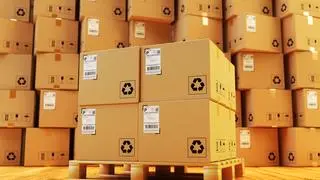A team of scientists has used tea and banana waste to prepare non-toxic activated carbon, which finds use in industrial pollution control, water purification, food and beverage processing, and odour removal, among other applications. It avoids the use of any toxic agent for synthesising activated carbon, thus making it cost-effective as well as non-toxic, says a press release from the Department of Science and Technology.
Tea processing generates a lot of waste, generally in the form of tea dust. The structure of tea is favourable for conversion to high-quality activated carbon. However, this involves the use of strong acid and bases, making the product toxic. So, a non-toxic conversion was needed.
NC Talukdar, former director, Institute of Advanced Study in Science and Technology (IASST), Guwahati, and Devasish Chowdhury, Associate Professor, used banana plant extract as an alternative activating agent to prepare activated carbon from tea waste.
Oxygenated potassium compounds in banana extract help in activating the carbon prepared from tea waste. An Indian patent was recently granted for this.
The banana extract, prepared in a traditional way, is known as khar — an alkaline extract from the ash of banana peel. The preferred banana variety for this, called ‘Bheem Kol’ in Assamese, is found only in Assam and parts of northeast India.








Comments
Comments have to be in English, and in full sentences. They cannot be abusive or personal. Please abide by our community guidelines for posting your comments.
We have migrated to a new commenting platform. If you are already a registered user of TheHindu Businessline and logged in, you may continue to engage with our articles. If you do not have an account please register and login to post comments. Users can access their older comments by logging into their accounts on Vuukle.